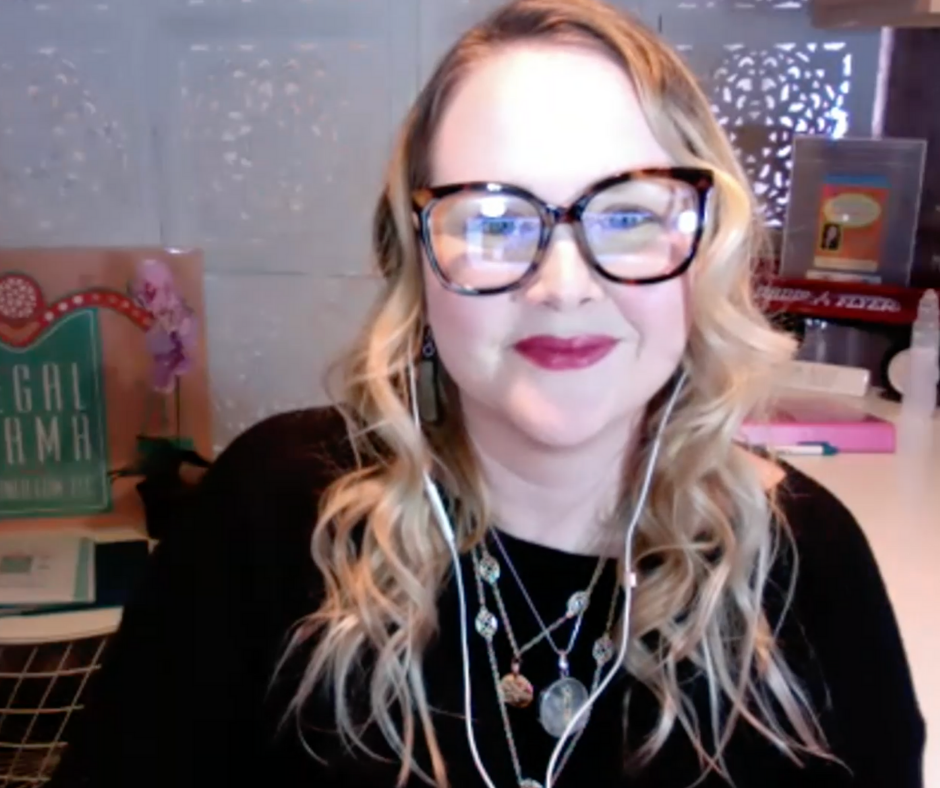Avoid This Major Mistake When Adding an IRA to Your Estate Plan
Oct 26, 2021
Some people assume that because they’ve named a specific heir as the beneficiary of their IRA in their will or trust that there’s no need to list the same person again as beneficiary in their IRA paperwork. Because of this, they often leave the IRA beneficiary form blank or list “my estate” as the beneficiary.
But this is a major mistake—and one that can lead to serious complications and expense.
IRAs aren’t like other estate assets
First off, your IRA is treated differently than other assets, such as a car or house, in that the person you name on your IRA’s beneficiary form is the one who will inherit the account’s funds, even if a different person is named in your will or in a trust. Your IRA beneficiary designation controls who gets the funds, no matter what you may indicate elsewhere.
Given this, you must ensure your IRA’s beneficiary designation form is up to date and lists either the name of the person you want to inherit your IRA, or the name of the trustee of your trust, if you want it to go to a revocable living trust or special IRA trust you’ve prepared. For example, if you listed an ex-spouse as the beneficiary of your IRA and forget to change it to your current spouse, your ex will get the funds when you die, even if your current spouse is listed as the beneficiary in your will.
Probate problems
Moreover, not naming a beneficiary, or naming your “estate” in the IRA’s beneficiary designation form, means your IRA account will be subject to the court process called probate. Probate costs unnecessary time and money and guarantees your family will get stuck in court.
When you name your desired heir on the IRA beneficiary form, those funds will be available almost immediately to the named beneficiary following your death, and the money will be protected from creditors (if done correctly). But if your beneficiary has to go through probate to claim the funds, he or she might have to wait months, or even years, for probate to be finalized.
Plus, your heir may also be on the hook for attorney and executor fees, as well as potential liabilities from creditor claims, associated with probate, thereby reducing the IRA’s total value.
Reduced growth and tax savings
Another big problem caused by naming your estate in the IRA beneficiary designation or forgetting to name anyone at all is that your heir will lose out on an important opportunity for tax savings and growth of the funds. This is because the IRS calculates how the IRA’s funds will be dispersed and taxed based on the owner’s life expectancy. Since your estate is not a human, it’s ineligible for certain planning provisions that would be available had you put the IRA in your trust properly and named the appropriate trust as beneficiary. Once the Secure Act went into effect in 2020, this became even more crucial.
However, if the IRA’s beneficiary designation lists “my estate” or is left blank, or in the case of an IRA or other retirement account, even lists an individual instead of a trust, these options to stretch out the mandatory distributions is lost.
This means the beneficiary who eventually gets your IRA funds from your estate will have to take the funds sooner—and pay the deferred taxes upon distribution. This limits their opportunity for additional tax-deferred growth of the account and requires him or her to pay a potentially hefty income tax bill.
A simple fix
Fortunately, preventing these complications is super easy—just be sure to name your trust specifically as beneficiary in your IRA paperwork. And remember to update the named beneficiary if your life circumstances change, such as after a death or divorce.
With Legal Mama as your Personal Family Lawyer®, we can help you select the ideal beneficiary for your IRA and other estate assets. What’s more, we have systems in place that will ensure your designated beneficiary form is always up-to-date with the correct heir listed should your life circumstances dictate a change. Click here to get started.
Next ONLINE Webinar:
This article is a service of Sarah Breiner, Personal Family Lawyer®. We don’t just draft documents; we ensure you make informed and empowered decisions about life and death, for yourself and the people you love. That's why we offer a Family Wealth Planning Session,™ during which you will get more financially organized than you’ve ever been before, and make all the best choices for the people you love. What is a Personal Family Lawyer®? A lawyer who develops trusting relationships with families for life.
You can begin by contacting Sarah today to schedule a Family Wealth Planning Session.
Stay connected with news and updates!
Join our mailing list to receive the latest news and updates from our team.
Don't worry, your information will not be shared.
We hate SPAM. We will never sell your information, for any reason.






